Marsdenian
Recording, conserving and promoting the landscape and rocks of the Sheffield region
Marsdenian Substage
Much of the Marsdenian comprises thick mudstones and siltstones, which are seldom honoured by a name of their own and are often overlooked, since they are reduced to low lying, vegetated land by weathering and erosion. There are eight cycles of rhythmic sedimentation in the Marsdenian, but only three or four of these contain significant named sandstone units. These mostly form strong landscape features and have frequently been used commercially. The Marsdenian begins at the widespread Bilinguites gracilis
Marine Band and ends at the Gastrioceras cancellatum
Marine Band.
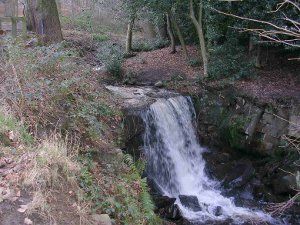
Fig. 1: The Redmires Flags overlying shales form a waterfall, Porter Valley, Sheffield
Redmires Flags
(up to 15 m thick)
The Redmires Flags are locally developed, as might be expected, around the Redmires Dams, west of Sheffield. They consist of fine- to coarse-grained massive and thinly-bedded sandstones (Fig. 1).
The thinly-bedded sandstones can indeed be split to produce flagstones for paving or roofing, but the massive sandstones are more suited to wall building - a warning not to take the name of a rock unit too literally.

Fig. 2: The waste heap from the drift mine at Ringinglow (closed 1912)
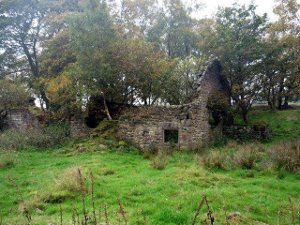
Fig. 3: Copperas House (Photo Graham Hogg, Attribution-ShareAlike 2.0 Generic). The remains of the stone tanks where the ferrous sulphate liquor was concentrated can still be seen behind the ruined building
Ringinglow Coal
The Ringinglow Coal and its associated seat earth occur just above the top of the Chatsworth Grit to the west of Sheffield and Barnsley. It is up to 1.5 m thick, including dirt bands, and was worked around Stanage Pole and Oaken Clough as well as at Ringinglow, where there are former underground mine workings and "pudding holes" i.e. bell pits (Fig. 2). Its high content of pyrite rendered it poor for household use, but it was burned locally and was also transported into the Calver - Stoney Middleton area where it was used as fuel in lime kilns.
The pyrite featured in a locally important copperas (ferrous sulphate) industry at Ringinglow. Copperas was used in the tanning and dyeing industries (Fig. 3). The mines were mainly worked in the 18th and 19th centuries and Ringinglow Colliery was the last to close, in 1912.
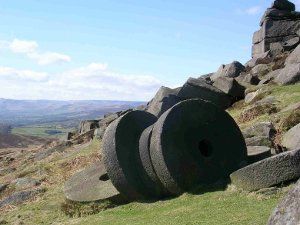
Fig. 4: Millstones from the Chatsworth Grit on Stanage Edge, awaiting a customer!
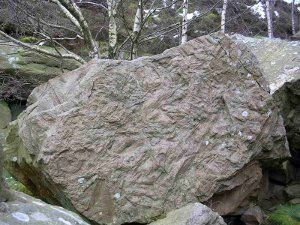
Fig. 5: Casts of tree stems in the Chatsworth Grit, Millstone Edge
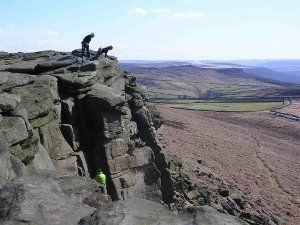
Fig. 6: Cross-bedded Chatsworth Grit at Stanage Edge
Chatsworth Grit
(25 to 60 m thick)
This is called the Huddersfield White Rock in the north of our region and was also formerly known as Rivelin Grit near to Sheffield. The Chatsworth Grit is the "millstone grit" of school textbooks, since it was extensively quarried for the manufacture of grinding stones for corn and paper mills, drinking troughs and architectural stonework (Fig. 4).
It consists of fine- to coarse-grained, massive and cross-bedded sandstones, with minor interbedded mudstones and siltstones. Pebbly layers are frequent and casts of large fragments of drifted trees are not uncommon (Fig. 5).
The Chatsworth Grit represents the culmination of an upwardly coarsening, prograding succession, i.e. it is a delta-top deposit. Palaeocurrent directions mostly suggest a consistent flow of braided rivers, flowing towards the south-west or west (Fig.6).
Recent studies have identified a major incised palaeochannel of regional significance in this unit (Waters et al, 2008).
Ashover Grit
(up to 27 m thick)
The Ashover Grit becomes more important to the south of our area, but is only known from boreholes within its boundaries.
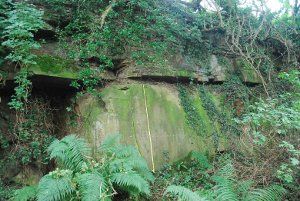
Fig. 7: The Heyden Rock, with massive lower beds passing upwards to flaggy beds, Rivelin Valley. (Tape shows 2 m)
Heyden Rock
(up to 24 m thick)
This crops out in the north western parts of our area on Bradfield Moors, but thins out to nothing towards the south. It consists of a massive coarse to medium-grained sandstone, becoming more flaggy nearer the top.
email: sageologytrust@gmail.com
Copyright: Sheffield Area Geology Trust. Registered Charity No. 1133465, England
